2023-4-8
国人中的收藏者一般以器物完整无缺为准,追求真精新,对于伤残瓷器不屑一顾,这其实是十分遗憾和政治上不正确的。因为这第一,残瓷也是瓷,就像残疾人也是人一样。第二,瓷中有孤品,尤其是出土器,在考古学和瓷器断代上有重要意义。国外很多著名的博物馆,都不惜花重金收藏和修复残瓷。Past-Imperfect网站,就专门发表残破后又被精心修复了的瓷器,其中有几枚,就是德国梅森或仿德国梅森的瓷器:
1750年生产的梅森茶壶:
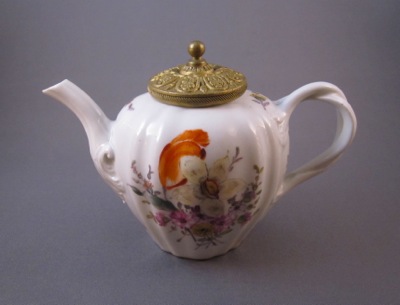
|
| It’s impossible to tell when the original lid went missing but later in life, an ornate brass lid was placed atop the lidless pot and a marriage was made. Although this lid looks nothing like the porcelain original which might have had a molded flower as a knob, it fits quite well and does the trick.
|

|
| This small porcelain teapot for one was made in Germany at the esteemed Meissen factory in the mid-1700s. It stands 3.75 inches high and 5.5 inches from handle to spout and is nicely painted with colorful floral sprays on both sides. The underside reveals the classic blue crossed swords mark.
| 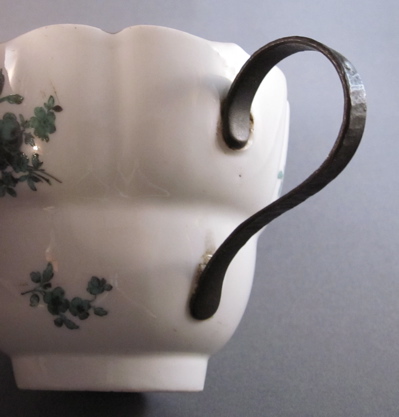
|
| 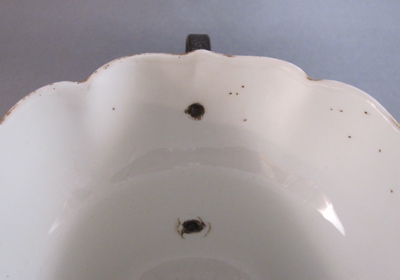
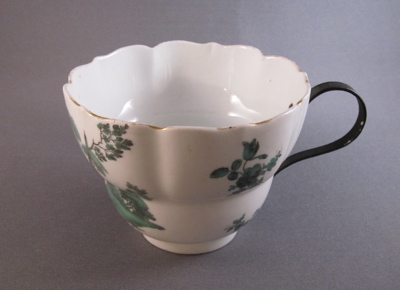
| 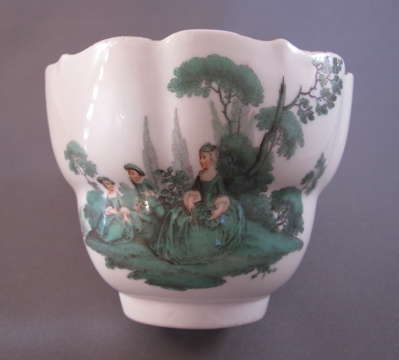
|
| 1760年生产的梅森茶杯 -A well-made forged bronze replacement handle from the mid-1800s takes the place of the more fragile porcelain original, which must have snapped off early in the cup’s life. The hand-hammered bronze pins are seen from the inside of the cup. | 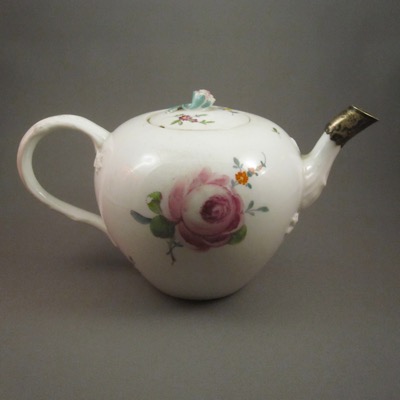
|
| 1770年生产的梅森茶壶 -This hard-paste porcelain teapot is decorated in polychrome overglaze enamels with a flower motif on both sides of the pot and on top of the lid. It has a nicely done silver replacement spout. Repairs such as this were commonly done on spouts, as they were prone to chipping. | 
|
| 1830年生产的仿梅森瓷碗 -
The bowl slipped from the hands of someone who might have been clearing the table or washing up after a meal. It was brought to a “china mender” for repair. With the addition of 12 carefully placed metal staples, the bowl was brought back to life and able to function once again on the dinner table.
|
这些残器经过匠人的精心修复和改头换面之后,又都变成了新的很有价值的古董,被称为残瓷之美。
自从前清的裱糊匠故去之后,连锯钉都成了后清的非遗,所以就连掐头去尾的瓷器,也可以当成美瓷了。
|
